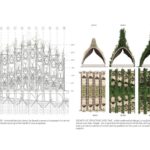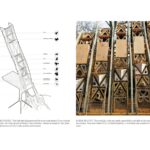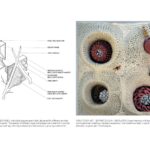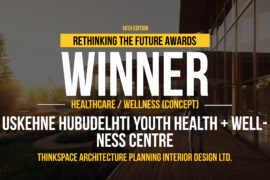The Fab Tree Hab is a terrestrial reef and grafted living tree structure. Shared by people and animals, this multispecies habitat combines indigenous tree-grafting techniques with computationally designed cross-laminated timber (CLT) arch scaffolds.
Rethinking The Future Awards 2024
First Award | Sustainable Project of the Year (Built)
Project Name: Fab Tree Hab: Multispecies Living Structure

The goal is to prototype a dwelling seamlessly integrated into its natural landscape and to replace harmful industrial materials with durable, bio-based alternatives. Foundation elements use almost no concrete and all of the facade elements are either cedar or jute treated with beeswax and pine rosin to prevent decay. In every respect, this project generates life and minimizes carbon footprint, pushing the boundaries of regenerative design.

Sourced from a local biomass farm, thirty-foot-tall tree clusters are shaped on-site within large reusable timber scaffolds. After a year’s growth, the trees support the modular multispecies wall system. Wall components are made from a combination of handmade crocheted jute fibers and 3D-printed bioplastic volumes. These serve as micro-habitats and food webs for flora and fauna to greatly increase biodiversity. The structure takes a socio-ecological approach to architecture, serving as an observatory and education center for people and providing a wildlife refuge. The 1000 sq. ft. project is located in New Windsor, New York, near Storm King Art Center.
Our nonprofit’s mission is to design against extinction. Our primary client is the site’s fecund flora and fauna. The project goal was to prototype a non-anthropocentric architectural paradigm based on co-creation with the environment. Another client is the general public, many of whom feel alienated from natural phenomena.
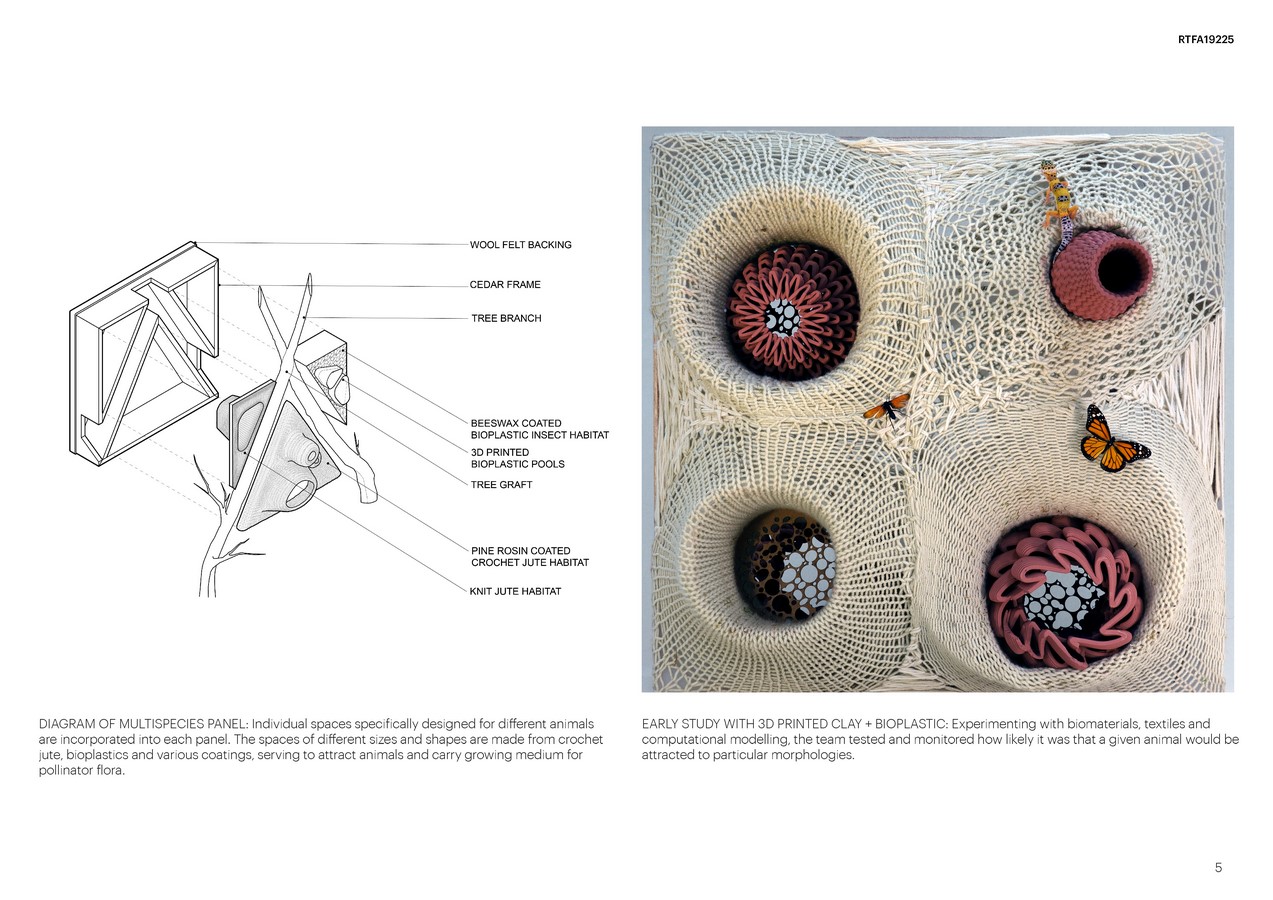
The Fab Tree Hab is an extension of its surrounding ecosystem, a habitat made from native willow trees that play host to humans and nonhumans. As dynamic as a forest, the structure is an embodiment of 100% living matter, upending human-centered and energy-intensive construction practices. The system can act as a major catalyst to improve air quality, sequester carbon, increase biodiversity, as well as provide refuge and food sources to local fauna. This is a maximal positive contribution model, it is not about efficiency or net zero. We are not cutting down trees to make a building. Instead, we are actively growing more trees, enmeshed in a shaped geometry for programmatic use. This thrives in all seasons and diurnal events.

In the face of extreme climate events, this project leverages the self-healing and ecologically responsive characteristics of biological systems. Drawing from the Living Root Bridges of Meghalaya, India, we consciously chose to compose with elements such as scaffolding and woody plants as alternatives to emissions-heavy defaults like concrete, glass, and steel. Unlike indigenous precursors, we advanced computational methods of shaping pre-grown biomass.




